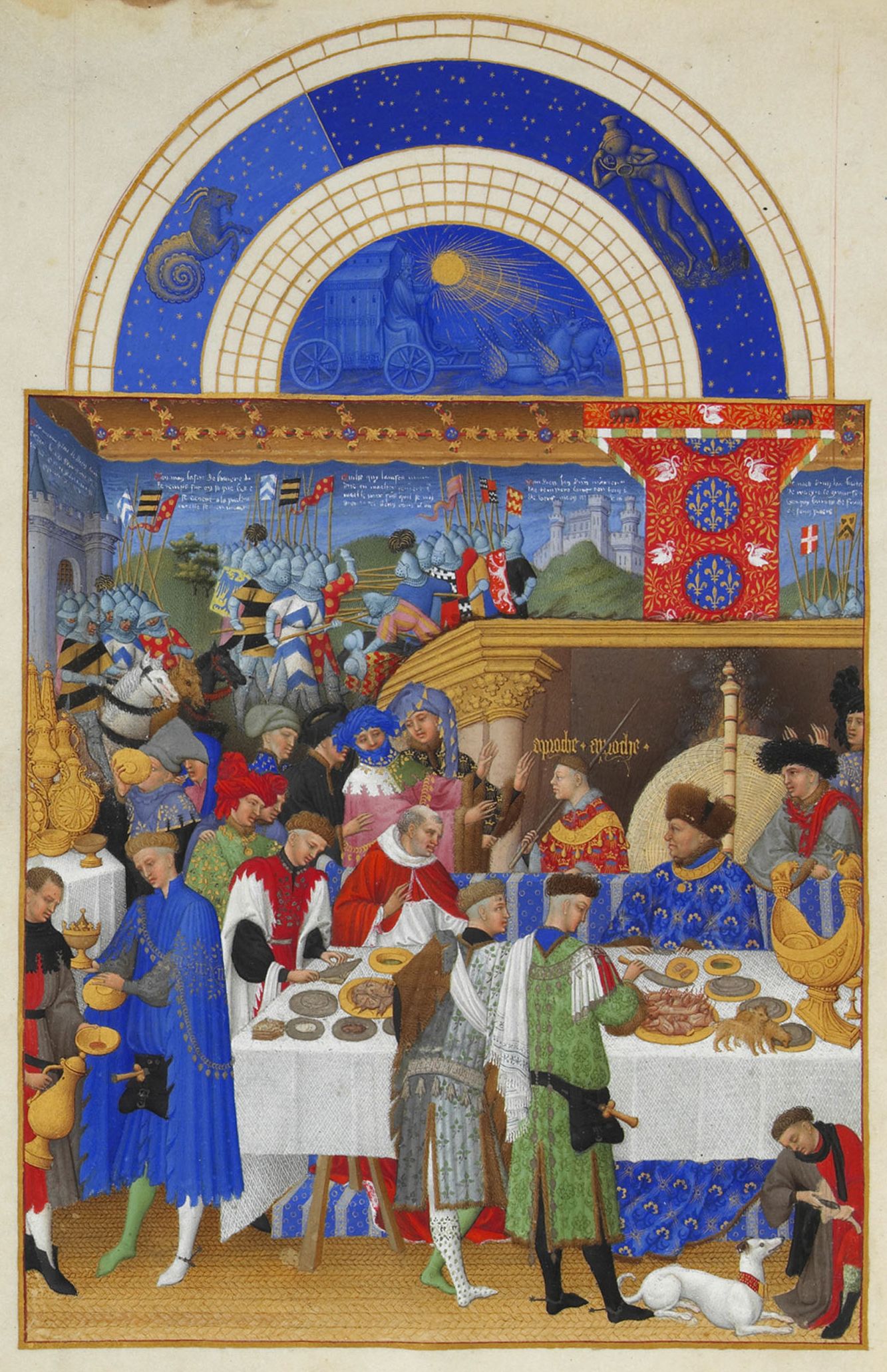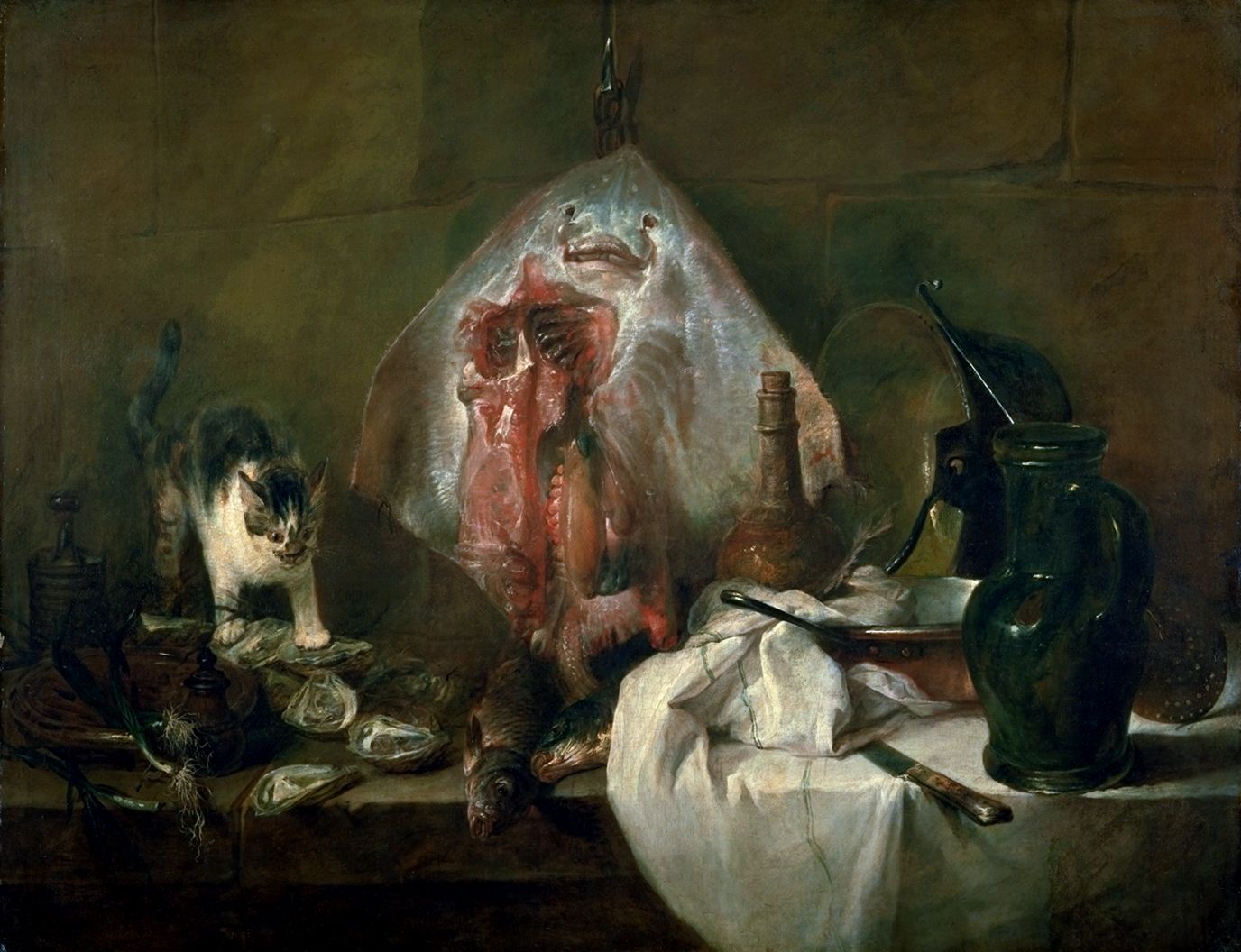A huge thank you to everyone who came along to the preview of my solo exhibition at Duncan R Miller Fine Arts in St James's, London last week. It was a great evening, and I really appreciate your enthusiasm and kind support. Hope you all enjoyed the show as well!
If you missed the preview, don't worry - the show is on until 3rd March. You can view all the work here, and take a stroll round the preview with these photos!
Here's the gallery from the outside in Bury Street.
Here's the first room, with a painting of the Mumbles in the Gower Peninsula in Wales on the left.
In the centre is a little painting of sunflowers which I saw at the roadside in Connecticut. On the right is the Lizard in Cornwall.
At the top is the Ile de la Cite in Paris from Pont Neuf, and below it is a painting of Hammersmith Bridge.
This large painting is of the Campsies, to the north of Glasgow.
On the left at the top are the Falls of Dochart, below is a painting of the Glenlivet estate. To the right at the top is Camusdarach on the west coast of Scotland, and below it is the Bass Rock at North Berwick.
On the left, yachts at North Berwick. Top right, the Gower Peninsula, below is Sea Cliff on the East Coast with the Bass Rock.
This is the second room, with paitnings of Skye, North Berwick, Sandsend near Whitby, and Rhossili Bay in the Gower.
Main picture is of the Cuillins at Sligachan.
Rhossili Bay (left), Aberdeenshire (top) and the Solway Coast (below).
Autumn paintings of Hampstead Heath and the Falls of Dochart at Killin, along with seascapes of Whitby and St Ives.
Lastly, a European selection of paintings of London, Amsterdam and Venice.
Please do go along to the gallery if you get the chance! The paintings look quite different when you see the real thing.


